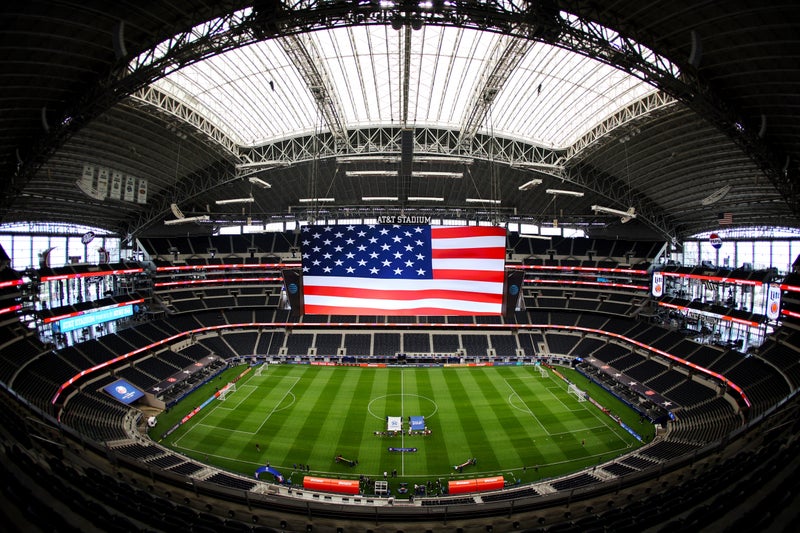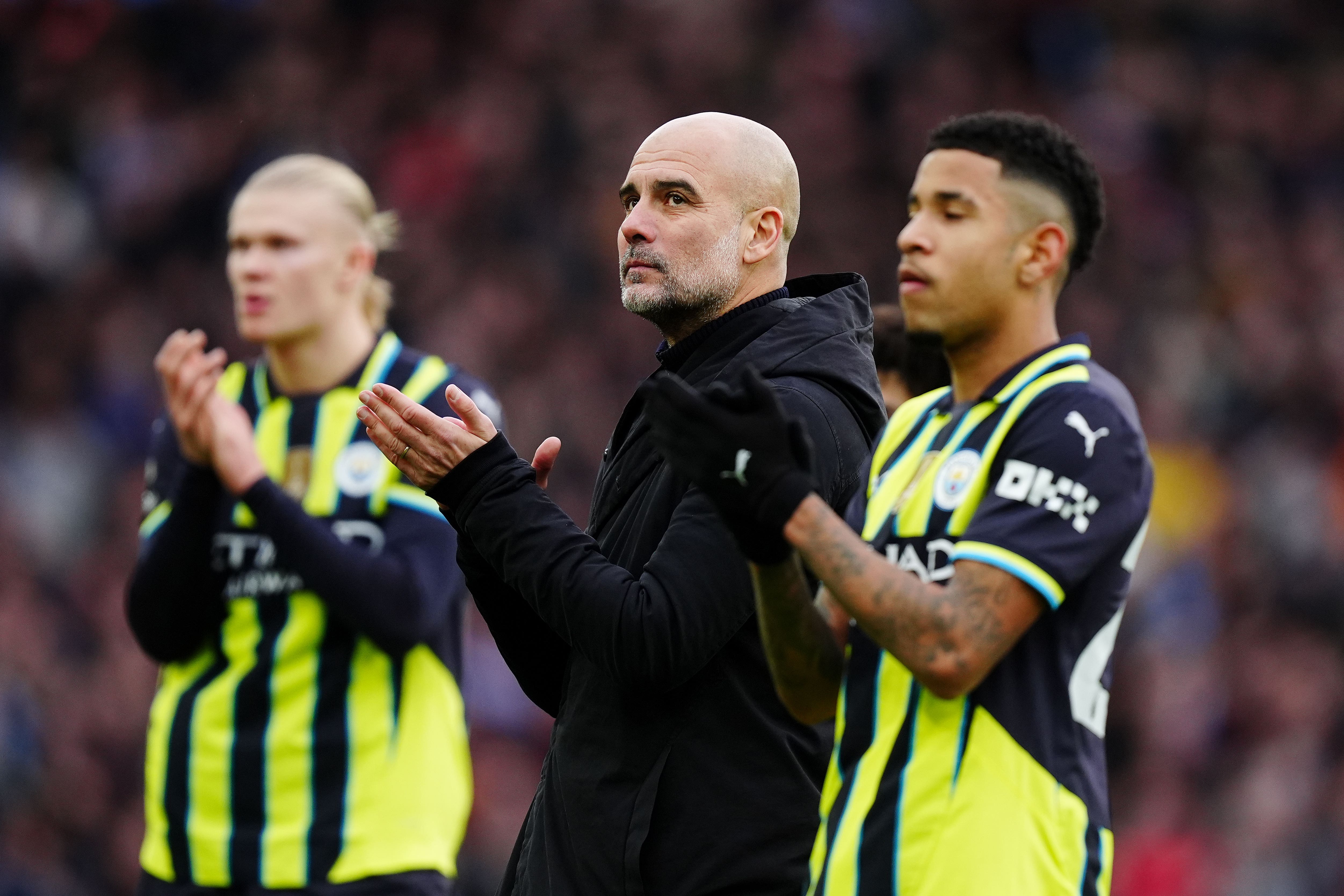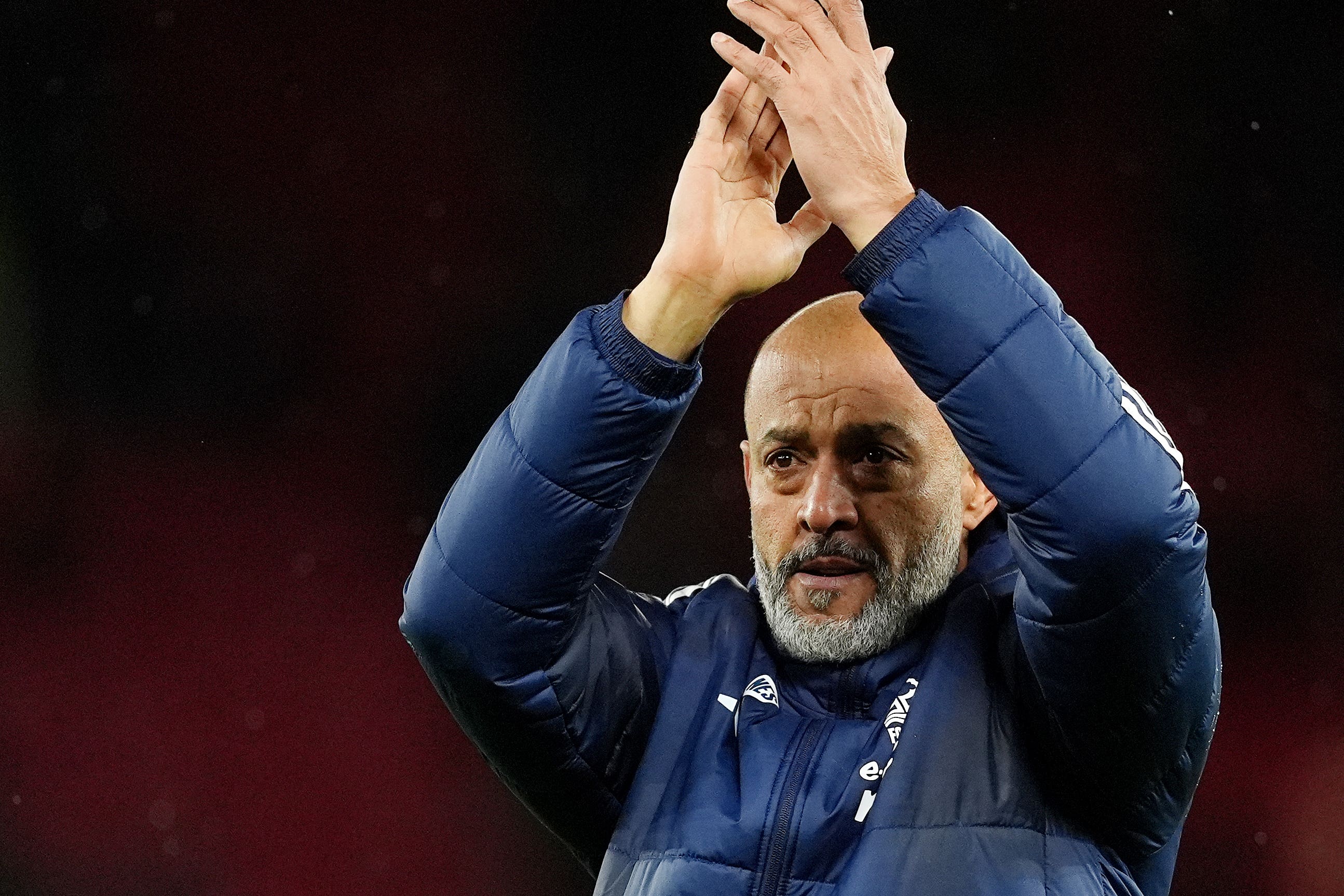A proposal to start a new top-tier league in the United States will only work if the competition embraces what makes soccer in the country different. When the men’s World Cup comes to the United States – alongside Canada and Mexico – in 2026, it will be played in NFL-sized stadiums in major metropolitan areas throughout the country. The final, played just a few miles from New York City, will no doubt leave a lasting impression.
The United Soccer League saw an opportunity in this, but not where you might think. “If we’re truly going to be a soccer nation, we need to have top-tier soccer in more states and more cities throughout the country,” Paul McDonough, president of USL, told the Guardian last week. “We’re not going to build soccer in this country just in major cities.”. McDonough was speaking ahead of last week’s announcement that USL plans to launch a men’s Division I league in 2027 which would see it operate a top-tier competition parallel to Major League Soccer. With plans to launch in 2027, the story of the new league could attract interest just as MLS did during the 1994 World Cup before its launch in 1996. If it is a success, it could change the face of the sport in the US.
How can USL ensure its new league is a success? Setting itself apart from other American sports and aligning with successful soccer leagues from other countries may be a start, but this is not to say it should not be distinctly American or that it should directly copy competitions which are themselves riddled with problems. Retaining a certain American charm and quirkiness, including things like team nicknames, playoffs, unique stadiums, commentary, and match presentation should be a global selling point rather than something to erase.
USL already differentiates itself from MLS by not being a single-entity league, which gives its franchises more independence. The league already boasts numerous notable teams with unique characters, and a successful first division league would retain this aspect as much as possible. “What I like about our system is clubs have autonomy,” said McDonough. “We want to give them kind of guardrails, but then they do it how they want.”.
The very existence of soccer leagues and teams in the United States is tied to the Professional League Standards (PLS). The way pro soccer is organized in the US, with closed leagues and new teams only able to arrive via expansion, means the United States Soccer Federation (USSF) sanctions league tiers based on requirements set out in the PLS. Sign up to Soccer with Jonathan Wilson. Jonathan Wilson brings expert analysis on the biggest stories from European soccer.
after newsletter promotion. The PLS are there for good reason but they can sometimes restrict organic growth. The USL, and US soccer generally, will need flexibility from the USSF if it is to grow in more soccer communities throughout the country and include things like community-owned and member-run clubs and teams in smaller cities – probably not something that’s possible in a D-I league where an ownership must have a combined net worth of $70m, with at least one principal owner worth $40m or more.
McDonough expects USL Division I clubs will “try to go above and beyond” the current PLS and between now and 2027 will aim to do so. “You need that proper runway to launch properly,” he said. “We don’t want to do this and not have it come off with a good look, so we need ample time to build proper clubs.”. Then, of course, there is the long-mooted promotion and relegation. The USL has toyed with this in the past, and already has leagues at Division II (the USL Championship), Division III (League One), and regional semi-pro levels (League Two). The creation of a league at the top of this pyramid primes it to introduce the movement of teams between divisions. This could also raise the possibility of promotion and relegation playoffs in addition to championship playoffs which, again, would serve to differentiate it from MLS and make it more familiar to fans of soccer leagues elsewhere in the world.
If such a system is introduced, the PLS would need to be even more adaptable to accommodate successful smaller teams rising through the divisions, helping them grow rather than stifling progress. On the other side of the coin, teams dropping down a division would need assurances they are not going to be forgotten and that the lower leagues league are sustainable. If USL does want to be bold, as McDonough says, in the context of US sports promotion and relegation is about the boldest move it could make.
Any successful league also needs to make itself accessible to supporters and potential new fans, both locally at affordable price points to fill a stadium and nationally and internationally via media and TV deals. One of the PLS requirements is the broadcast of all league games via TV or streaming. Making these games available via channels fans already subscribe to for other sports and soccer leagues around the globe, and on similar channels internationally, would be useful, and a marked contrast to MLS’s current deal with Apple that sees the vast majority of its games live behind a paywall for a broadcaster with few other live sports on offer.































